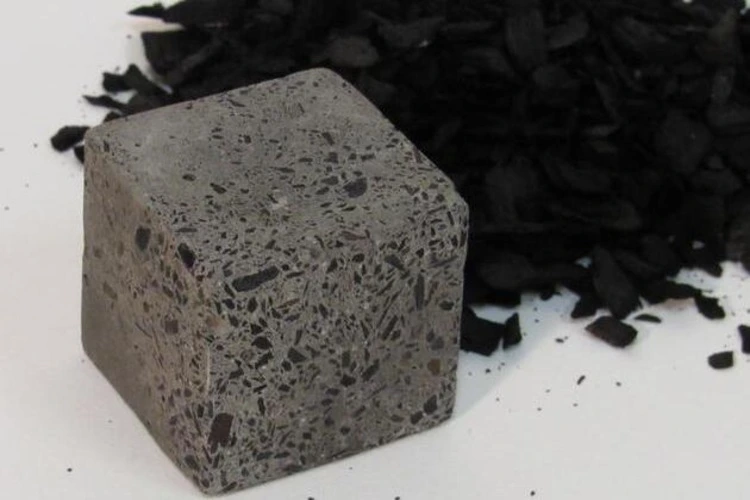
Construction materials, like concrete, have potential to lock away vast quantities of carbon dioxide in buildings, new research finds
By
A new study has found an innovative means of protecting the planet from climate change: storing billions of tons of carbon dioxide in buildings around the world.
Research conducted by civil engineers and earth systems scientists at the University of California, Davis and Stanford University calculated the potential of various construction materials to store carbon – from concrete and asphalt, to plastic, wood and brick.
Check out our related reads…
The research findings suggest the potential for a multitude of opportunities using these materials, ranging from adding biochar (made by heating waste biomass) into concrete, loading artificial rocks with carbon as concrete and asphalt pavement aggregate, swapping out fossil petroleum sources in the production of asphalt and plastics; and including biomass fibre into bricks.
While some of these technologies are still in the pilot stages, others are already available for use.
The largest carbon-storing potential for any material studied is that of concrete due to the large quantities in which it is produced: more than 20 billion tonnes of it are made each year. Specifically, researchers would add carbon to aggregates, a granular material – made up of crushed stone, sand, slag and other synthetic sources – which is then mixed with water to produce concrete.
”If feasible, a little bit of storage in concrete could go a long way,’ said associate professor of civil and environmental engineering at UC Davis Sabbie Miller. ‘The team calculated that if 10 per cent of the world’s concrete aggregate production were carbonateable, it could absorb a gigaton of CO2.’

The benefits of carbon-storing in buildings
Other projects to undertake carbon sequestration – removing CO2 from the atmosphere and converting it into a stable form to be stored away – have been proposed previously, such as injecting carbon underground or storing it deep in the ocean, but come with practical challenges and environmental risks.
Yet using building materials, as scientists have discovered, helps to maximise resources already being constructed at large. More than 30 billion tonnes of the conventional versions of the materials studied are produced annually, a vast scale that can be leveraged for more efficient and rapid carbon sequestration.
Another benefit of storing carbon in buildings is the creation of a circular economy: some of the materials used, like biomass, are traditionally low-value, but when used in these processes, their value can be enhanced and further economic development.




